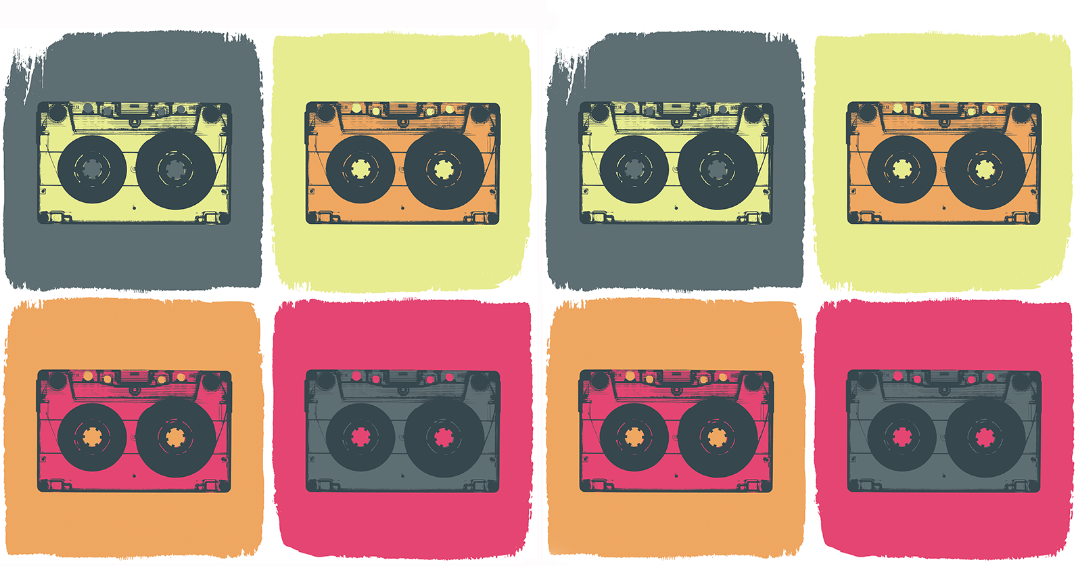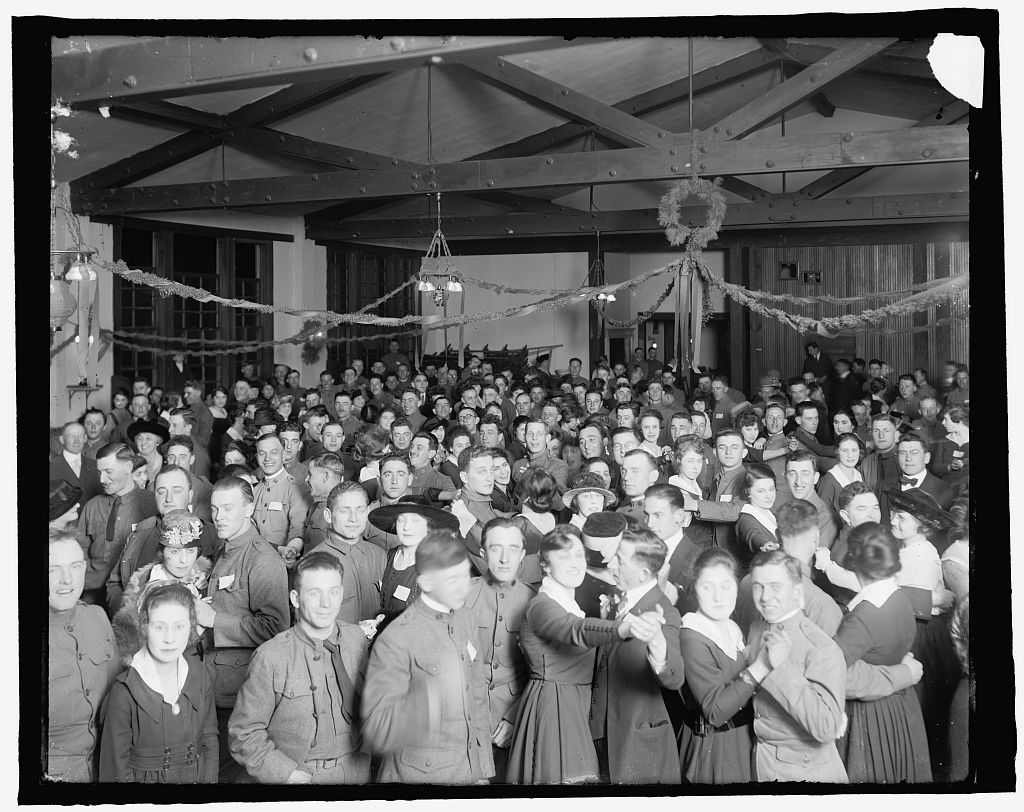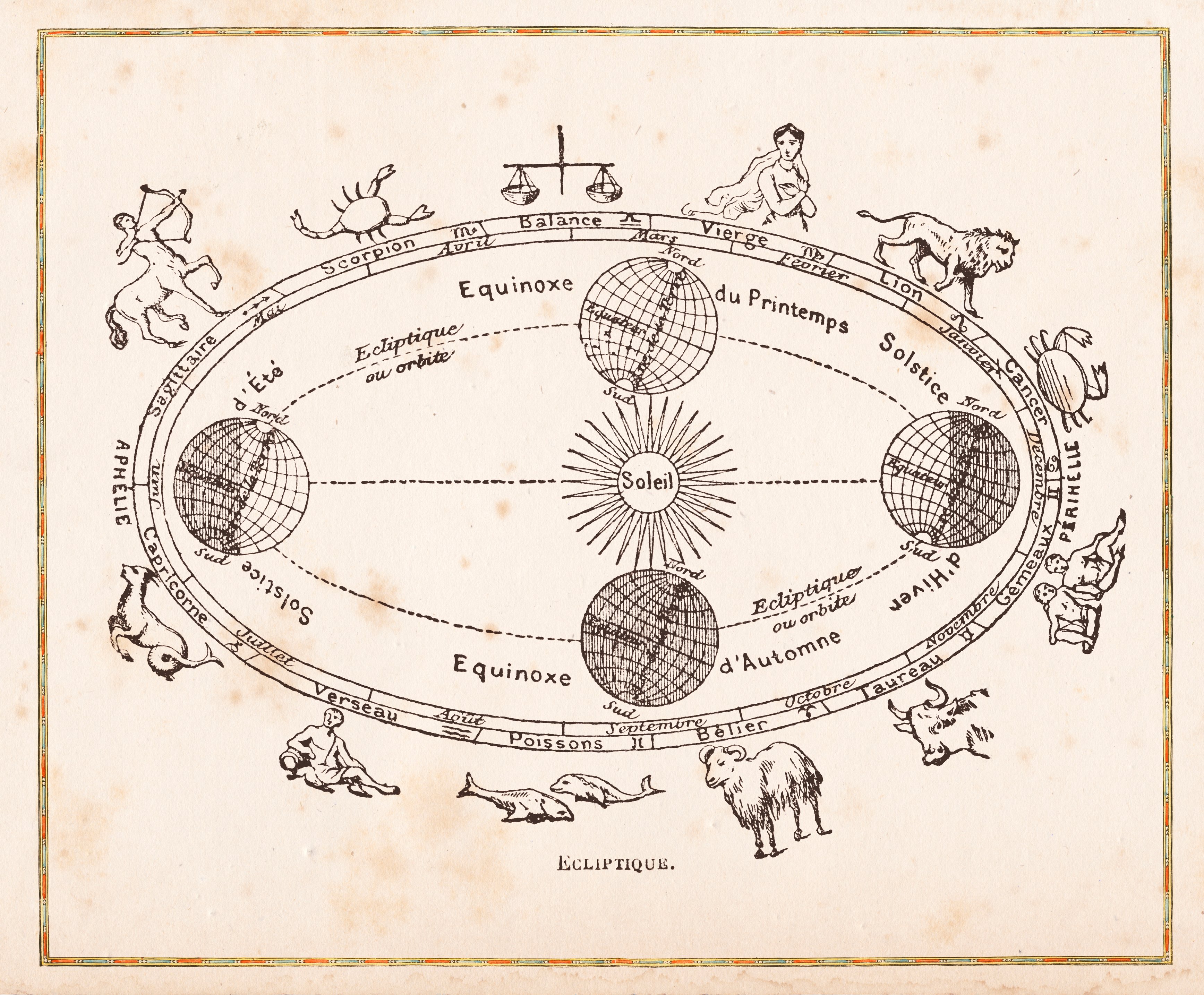
Popular culture is the culture of the majority or the masses of people in a society—what a large part of a population believes or does, and objects representing beliefs or activities within that society. In the modern world, popular culture is spread and advertised by mass media through the internet and social media; television, movies, and radio; and printed books, magazines, and newspapers.
Popular culture isn’t a new thing; it existed in the premodern world, before the invention of the printing press, mass communication, and modern advertising. Exploring popular culture in past civilizations and comparing those to modern examples inspires students to ask challenging questions about their own experiences. Essential questions can help students compare and contrast historical and modern popular culture in the classroom.
Where Does Popular Culture Originate?
Popular culture is influenced by many different factors. We can’t assume it is transmitted “downward” from the elite to the lower classes. Elite culture can be influenced from “below.” For example, the practice of men and women “dating” originated in the lower working classes of American cities in late nineteenth-century cities. Young upper-class couples who wanted to avoid the rules of formal chaperoned courtship in the family parlor soon followed the dating trend.

Source: Library of Congress
Products of an elite culture can become a part of popular culture in subsequent eras. Vincent van Gogh’s art was not praised by critics or widely purchased by art collectors in his lifetime. Most of his contemporaries did not recognize his art or his name. But most people today recognize van Gogh’s work as groundbreaking art. Of course, only the wealthiest individuals or museums can purchase an original van Gogh painting. But van Gogh is also a part of modern popular, mass-produced culture, with his work appearing on posters, in calendars, on magnets, and on coffee cups.
Some things are a part of both an elite and a popular culture. Medieval epics were performed orally for a wide range of audiences, not just the nobility. The plays of William Shakespeare were a product of a literate, elite culture, but they were also popular and widely attended by people of all walks of life in the sixteenth and seventeenth centuries.
Astrology, interpreting the impact of the planets’ motions on humans, society, weather, and the natural world, has been a part of popular culture for over two thousand years. Numerous historical primary sources document both astrology and historical astronomy, calculating the motion of the planets. Today, astrology is enjoying a revival in popular culture. Why? The answer may be different for historical and modern followers. The internet claims “everyone is doing it,” but the real story is much more complicated.

Source: istock.com/Grafissimo
How to utilize in the classroom
Ask students to consider the origins of popular trends or beliefs. Do they originate from historical traditions, the work of scholars or artists, a sales pitch to make money, technological innovations, or just some random viral fad? Does “popular” mean everybody is doing it? Today, some argue that genuine popular cultures are suffocated by a culture of meaningless consumer products and advertising.
The complexity of popular culture both today and in the past is what makes its study so exciting. When students are encouraged to analyze popular culture from the past, and ask questions about production, distribution, and reception of popular culture practices by different groups of people, they acquire new skills to scrutinize modern culture. The products of popular culture may have changed from oral performances to the visual and audio products of television, motion pictures, and the internet, but the questions we can ask about the cultures that produced them and their impact upon people are the same.
Seeking more historical sources for your classroom?
Try a free 30-day trial of Active Classroom
References
Bailey, Beth L. From Front Porch to Back Seat: Courtship in Twentieth-Century America. Baltimore: Johns Hopkins University Press, 1988.
Cynthia W. Resor is a social studies education professor and former middle and high school social studies teacher. Her dream job? Time-travel tour guide. But until she discovers the secret of time travel, she writes about the past in her blog, Primary Source Bazaar. Her three books on teaching social history themes feature essential questions and primary sources: Discovering Quacks, Utopias, and Cemeteries: Modern Lessons from Historical Themes, Investigating Family, Food, and Housing Themes in Social Studies and Exploring Vacation and Etiquette Themes in Social Studies.